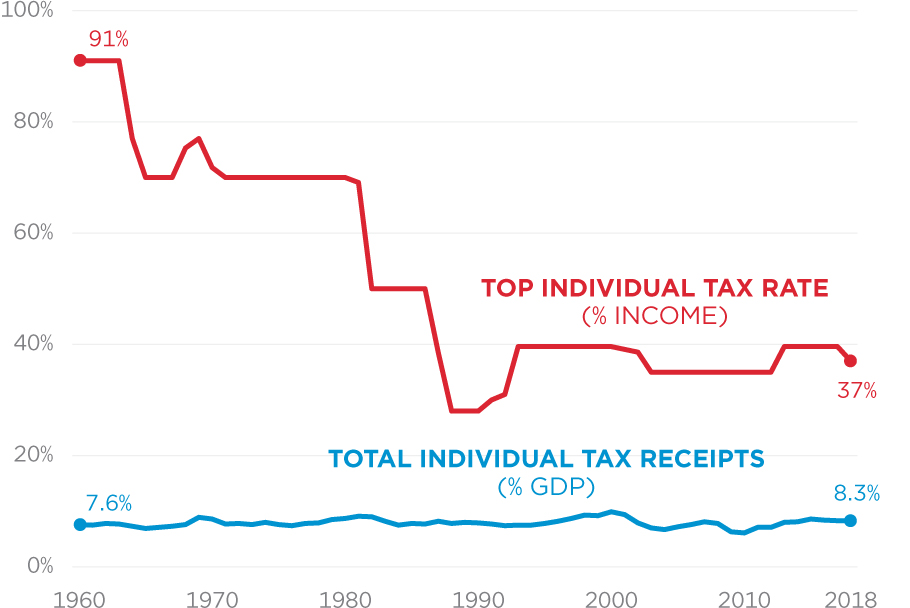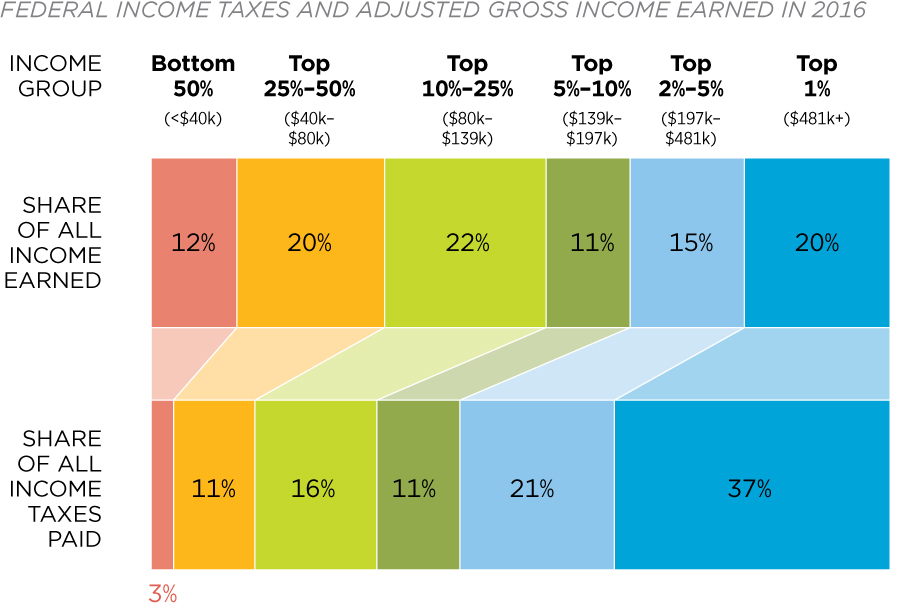Today, I wanted to synthesize my thoughts on the main types of assets you have to manage throughout your life as an investor. Many of these thoughts can be found in
Jan Bolmeson's interview with Paolo Sodini (
Swedish transcript here). I strongly recommend that video because it highlights some of the main concepts discussed below.
Three main types of assets to manage: Part 1 of 3
There are three main types of assets you have to manage throughout your life: 1) your human capital, 2) liquid assets your personal balance sheet, and 3) the illiquid assets on your balance sheet. There are of course significant overlaps between each of these three. The separation between them is a pragmatic one and not a theoretical one. In this first part of this series, we focus on the human capital.
The two main points I want to communicate is that each of these assets has a net present value, and that the balance between them shifts throughout life as you use one type of asset to gain another. To succeed with investing, you need to understand these three types of assets from a holistic perspective and actively consider how they are balanced. Having that said, let us look closer at the first asset type: Human capital.
Human capital
Human capital is an asset that contains first order skills such as what you know, who you know and who knows you, and second order skills such as how quickly you can learn and how good your social skills are. Here, we are only interested in the human capital that has a market value (which is far from the only value that matters in life).
The market value of your human capital: The time dimension
The market value of your human capital is directly tied to your ability to generate rent, i.e., an income. You can exchange your time on the market for money, and the more skilled you are the more money you can ask for your time (alternatively the less time you need to spend to collect a paycheck). Note, however, that some jobs have set time requirements that are hard to avoid. Anything that involves physical limitations usually fall under this category (you can only type at a certain speed, a pie needs to stay in the oven for a certain time, etc.). Here you have two options:
- you can parallelize work (i.e., do something else while the pie is baking), or
- you can find ways to leverage the same work in multiple ways
Doing things in parallel is rather self explanatory and I believe most are familiar with this concept. Leveraging work, however, is something most people are rather poor at. The main idea behind work leveraging is to find a common set of time consuming tasks that support the widest set of additional value generating tasks possible, while ensuring that these additional tasks do not conflict with each other.
Let's use a simple example: Adam works as a stock analyst for a large investment bank. On his spare time, he also runs a tiny bakery. Now, unless Adam analyzes bakeries, there is little potential to leverage the time spent at work to generate value at the bakery. Had Adam instead offered an online course in stock analysis, using cases from his work to illustrate key insights, he has successfully leveraged the time it took to conduct the stock analysis at work in two ways: a) to get a salary, and b) to get recurring income from his online course. Note that b) takes a small amount of additional effort, but they key here is that it leverages time already spent elsewhere.
To maximize the market value of your time, you need to do both parallel work as well as leverage work to its maximum potential. Want to take a break from writing an article? Then do some other menial task (admin?) you have to do anyway while your relax. Mentally fatigued right after lunch? Perfect time to train. Key point here is to find ways to create overlapping work tasks that require different types of intellectual effort. Relatedly, leveraging work hours is crucial (and probably far more impactful). At the present, I am leveraging multiple work hours in many ways. Here are a few examples:
- Supervise BSc students focused on blockchains. Use these students to access companies (landed some major projects this way for very little effort). The supervision is super easy because it is a topic I know very well and actively work with.
- Supervise PhD students. You learn tons here in exchange for the limited support you can give (sadly). Their insights can be used to further your own understanding in a very cost efficient way.
- Apply for research projects based on the knowledge you gain from supervisions and your own research.
- Offer consultancy to companies interested in the technology you are researching. Here you leverage both existing projects, and your own research as well as the research of those you supervise.
- Do workshops and events. This leads to contacts that you can either later consult for or include as project partners.
- Join various standard bodies as a technical advisor to set standards. You know what companies struggle with since you consult and have projects, and you know the tech.
- ...
It seems like a very large list of things to do. But in reality, it is not. About 80% of the work is shared between all the different points. The rest of the 20% effectively doubles your hourly income.
The market value of your human capital: The skill dimension and the social dimension
There are less than 10 people in Sweden that truly understand blockchains from both a technical perspective as well as from an economic/business perspective. Every company wants advice on how to position themselves. It takes any company about half a year of full time work to arrive at the same conclusions you can give them in an hour. Your hourly rate will reflect this.
However, unless you have the right connections and contacts, you will never get the chance to stand to exchange your skill for that high hourly pay. Invest in both your social network and in your skills. Luckily, these go hand in hand. The more skilled you are the more invites you get etc.
The net present value of your human capital
Here is the core insight: your human capital has a net present value. In other words, the sum of all income you can and will produce with your skills has a present value that you can calculate by discounting all future income generated by your skills.
Now, the discount rate depends on your human capital of course. In other words, how likely is it that your skills can generate a stable income sustained over time? Another important consideration is the rate at which you can increase this income. Are you likely to gain salary increases? Or can you, at will, generate extra income in chunks? These questions are really hard to answer ...
Let us look at some statistics to illustrate the net present value of human capital. The table below is from
SCB and only include income from human capital (i.e., capital gains from equities are not included). All numbers in SEK unless otherwise stated.
Median earned salary in kSEK chart ...
The net present value requires a discount rate. This is of course tricky to estimate, some basic rates are presented in the table below:
Rate
|
NPV_M
|
NPV_F
|
0%
|
15 621 300
|
12 786 200
|
1%
|
12 264 155
|
10 001 304
|
2%
|
9 786 207
|
7 951 780
|
3%
|
7 932 254
|
6 423 180
|
4%
|
6 526 257
|
5 267 759
|
5%
|
5 445 573
|
4 382 722
|
7%
|
3 939 879
|
3 155 870
|
10%
|
2 630 008
|
2 097 589
|
-1.78%
|
25 043 305
|
20 632 157
|
D = Discount rate
NPV = Net Present Value
_M = Male
_F = Female
That last number, -1.78%, seems oddly specific ... but things will become clear once we account for real wage growth (i.e., inflation adjusted wage growth). Sadly, we do not know the "real" inflation numbers (which we need for the real wage growth) and there are many ways to calculate this, but here is one from ekonomifakta:
Based on that chart, we have a 1.78% real wage growth rate.
For the sake of simplicity, let's assume a 0% discount rate. With that rate, the average person will earn around 13.5 MSEK. Funny enough, this number is very close to SACO's estimations listed
here.
Using the SACO graph linked above, we can see that those who are in high earning positions (doctors, lawyers, economists, and engineers) earn about 16-18 MSEK by the time they retire. Now, if you are a a bit savvy and entrepreneurial, you can add a lot to this income (especially if you are an engineer).
Jan Bolmeson put it best when he said that "I am a walking bond". How much is this bond worth? Hard to tell,
but a range of 8-30 MSEK based on ones willingness to acquire human capital and ones ability to charge for it probably covers most cases.
Conclusion
You can treat your own pre-retirement human capital as a bond with a net present value of between MSEK 8-30.
In the next article of this series, we will look closer at the two other type of assets you will acquire throughout your life, i.e., liquid assets (equities, bonds, cash, etc.) and illiquid assets (gold, house, paintings etc.).







